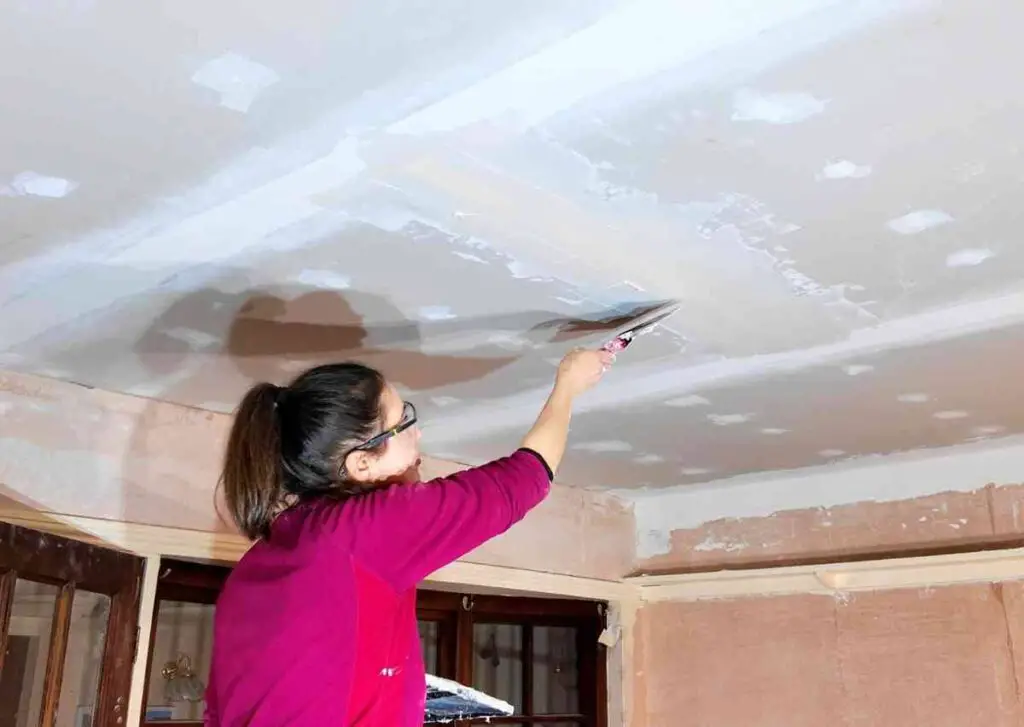Plaster ceilings have been an integral part of architectural design for centuries, offering both aesthetic appeal and functional benefits. This comprehensive guide will delve into the history, types, installation processes, maintenance, and benefits of plaster ceilings. By the end of this article, you will have a thorough understanding of plaster ceilings and their significance in modern and historical architecture.
History of Plaster Ceilings
Plaster ceilings date back to ancient civilizations, including the Egyptians, Greeks, and Romans, who used plaster for both decorative and structural purposes. The Renaissance period saw a resurgence in the popularity of plaster ceilings, with intricate designs adorning the ceilings of palaces and grand homes. Today, plaster ceilings continue to be a popular choice for both restoration projects and new constructions, maintaining their timeless appeal and versatility.
Types of Plaster Ceilings
Traditional Lime Plaster Ceilings
Lime plaster is one of the oldest forms of plaster, made from a mixture of lime, sand, and water. It is known for its durability and breathability, making it an excellent choice for older buildings. Lime plaster provides a natural finish and can be used to create intricate designs.
Gypsum Plaster Ceilings
Gypsum plaster, also known as plaster of Paris, is a modern alternative to lime plaster. It is made from gypsum, a naturally occurring mineral, and is known for its quick setting time and smooth finish. Gypsum plaster is often used in contemporary homes and commercial buildings due to its ease of application and versatility.
Cement Plaster Ceilings
Cement plaster is a robust and durable option, made from a mixture of cement, sand, and water. It is commonly used in areas that require a more hard-wearing surface, such as kitchens and bathrooms. Cement plaster can also be used to create decorative finishes, although it is less flexible than lime or gypsum plaster.
Benefits of Plaster Ceilings
Aesthetic Appeal
Plaster ceilings offer a wide range of design possibilities, from simple, smooth finishes to intricate, decorative patterns. They can be painted or left in their natural state, providing a versatile canvas for interior design.
Durability
Plaster is a durable material that can last for many years with proper maintenance. Unlike drywall, plaster is less prone to cracking and can withstand more significant impacts, making it a long-lasting choice for ceilings.
Sound Insulation
Plaster ceilings provide excellent sound insulation, helping to reduce noise transmission between rooms. This makes them an ideal choice for multi-story buildings and homes with high ceilings.
Fire Resistance
Plaster is a non-combustible material, offering a higher level of fire resistance compared to other ceiling materials. This added safety feature makes plaster ceilings a preferred choice for many homeowners and builders.
Installation of Plaster Ceilings
Preparation
Proper preparation is crucial for the successful installation of plaster ceilings. This involves cleaning the existing surface, repairing any cracks or holes, and applying a bonding agent to ensure the plaster adheres correctly.
Application
The application process varies depending on the type of plaster used. For lime plaster, a base coat is applied first, followed by several layers of finish coat. Gypsum plaster is typically applied in one or two coats, while cement plaster requires a thicker application to ensure durability.
Finishing
Once the plaster has been applied and dried, it can be sand to achieve a smooth finish. Decorative elements, such as cornices and ceiling roses, can also be add at this stage to enhance the overall design.
Maintenance of Plaster Ceilings
Regular Inspections
Regular inspections are essential to identify any issues, such as cracks or water damage, before they become significant problems. Addressing these issues promptly can prevent further damage and prolong the life of your plaster ceiling.
Cleaning
Plaster ceilings should be cleane regularly to remove dust and dirt. Use a soft brush or vacuum cleaner with a brush attachment to avoid damaging the surface. For more stubborn stains, a damp cloth with mild detergent can be use.
Repairs
Minor cracks can be repaire using a filler or patching compound, while more significant damage may require professional assistance. It is essential to match the repair material to the original plaster to maintain a consistent finish.
Design Ideas for Plaster Ceilings
Contemporary Designs
For a modern look, consider smooth plaster ceilings with minimalistic design elements. Simple lines and geometric patterns can add a touch of sophistication to any room.
Traditional Designs
Traditional plaster ceilings often feature intricate designs, such as floral motifs and ornate cornices. These elements can add a sense of elegance and grandeur to your home.
Custom Designs
Custom plaster ceilings can be tailore to your specific tastes and preferences. Whether you prefer a modern or traditional look, a skilled plasterer can create a design that complements your interior decor.
Conclusion
Plaster ceilings are a timeless and versatile choice for both historical and contemporary buildings. Their aesthetic appeal, durability, sound insulation, and fire resistance make them a preferred option for many homeowners and builders. Whether you are restoring an old building or constructing a new one, plaster ceilings offer a range of benefits that are hard to match with other materials.


